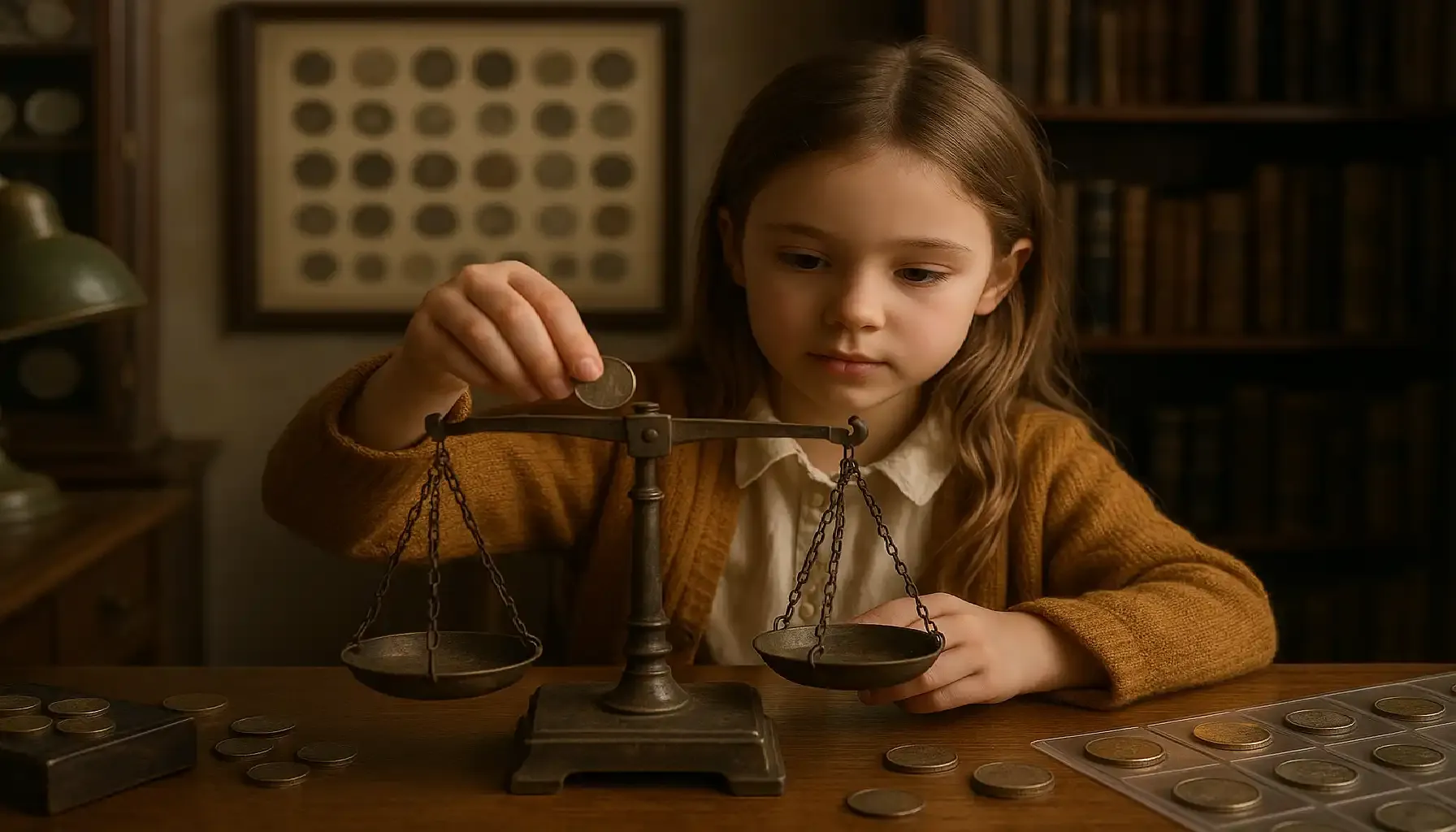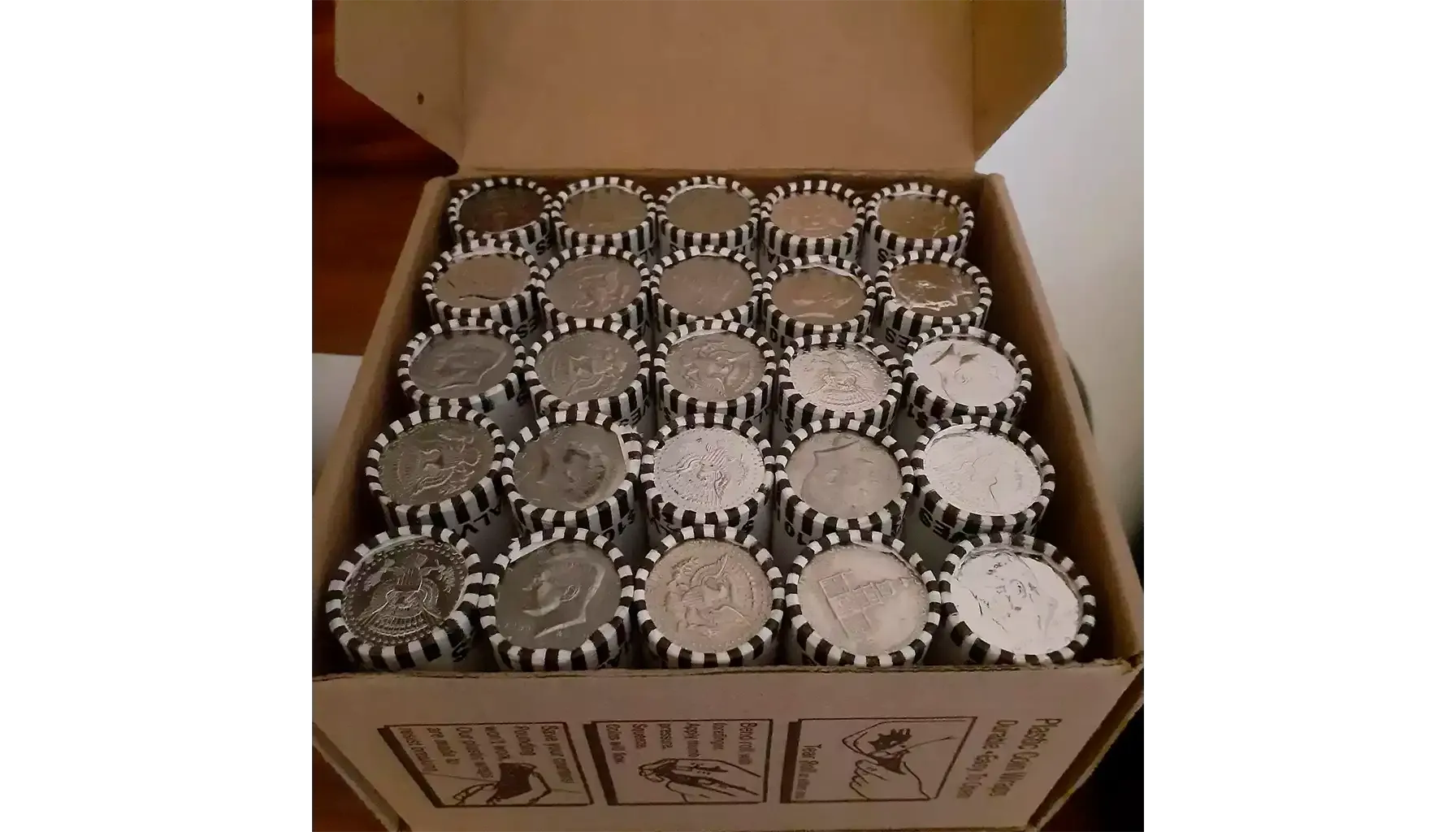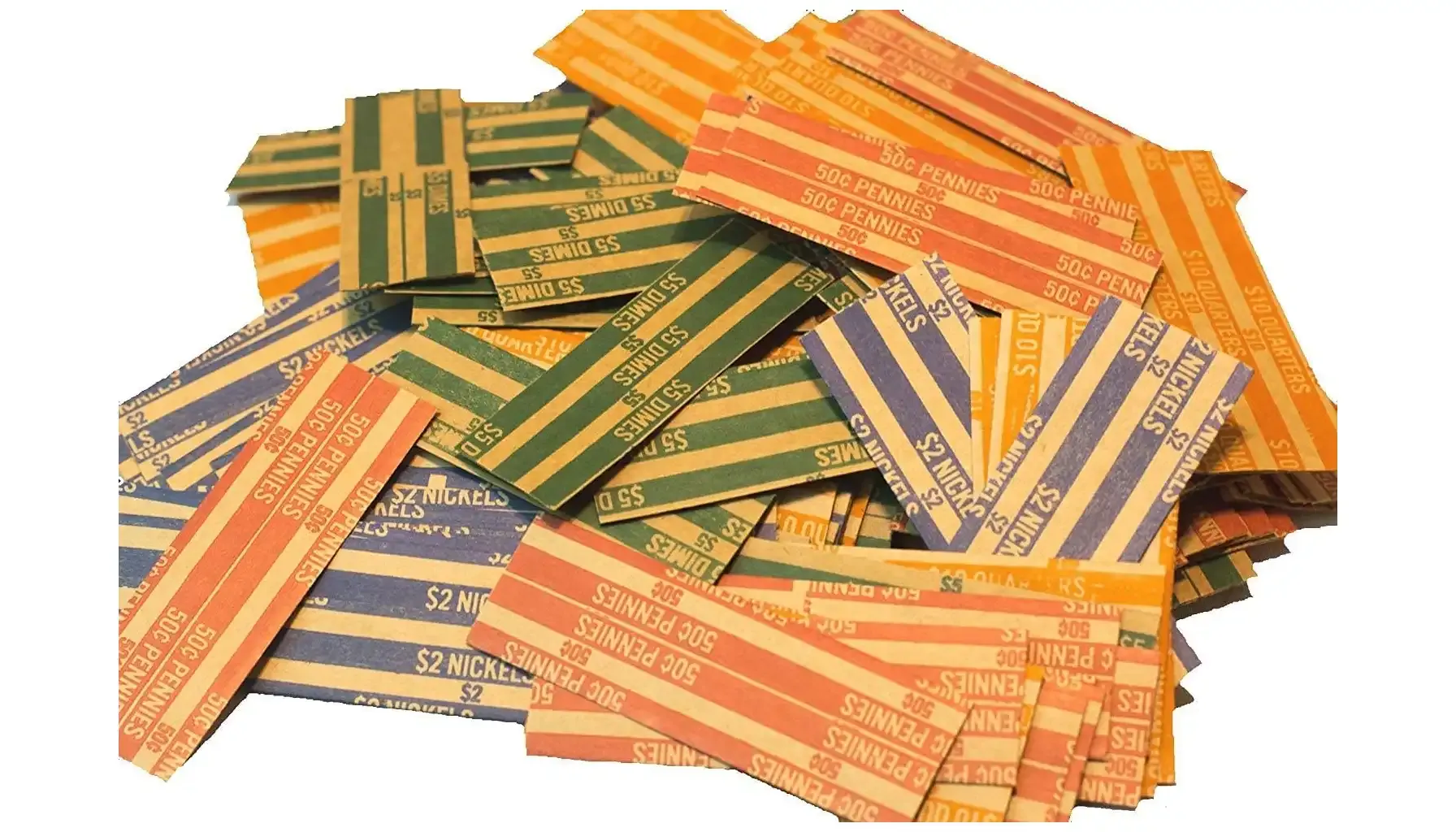The world of numismatics is full of amazing coins, and today we would like to tell you about the amazing so-called “red pennies”, i.e. rare pennies that preserved their original bright luster for decades but are not colored quarters nevertheless.
Though of small size and denomination, some of the red pennies can bring their owners not only aesthetic pleasure and joy of possession but also impressive financial benefits. So let us explain how red pennies differ from ordinary ones, why they are so unique and rare, and how to identify and properly store them to preserve their value.
What Are Red Pennies?
Interestingly, there is no official term for “red pennies” as such. In the past, collectors and interested people have only guessed at the meaning behind the name. Some thought it might refer to the good condition of the coins, others believed the name had something related to their origin or even comes to Native Americans.
Over time, it came to be understood that one should not seek hidden meanings. “Red pennies” is a reference to coins in excellent condition that have retained a bright, copper luster compared to other, darker, or worn examples. When a penny first leaves the mint, it gleams a rich red color due to the copper alloy from which it is made. A coin is considered red if it has retained 95% of its rich copper color.
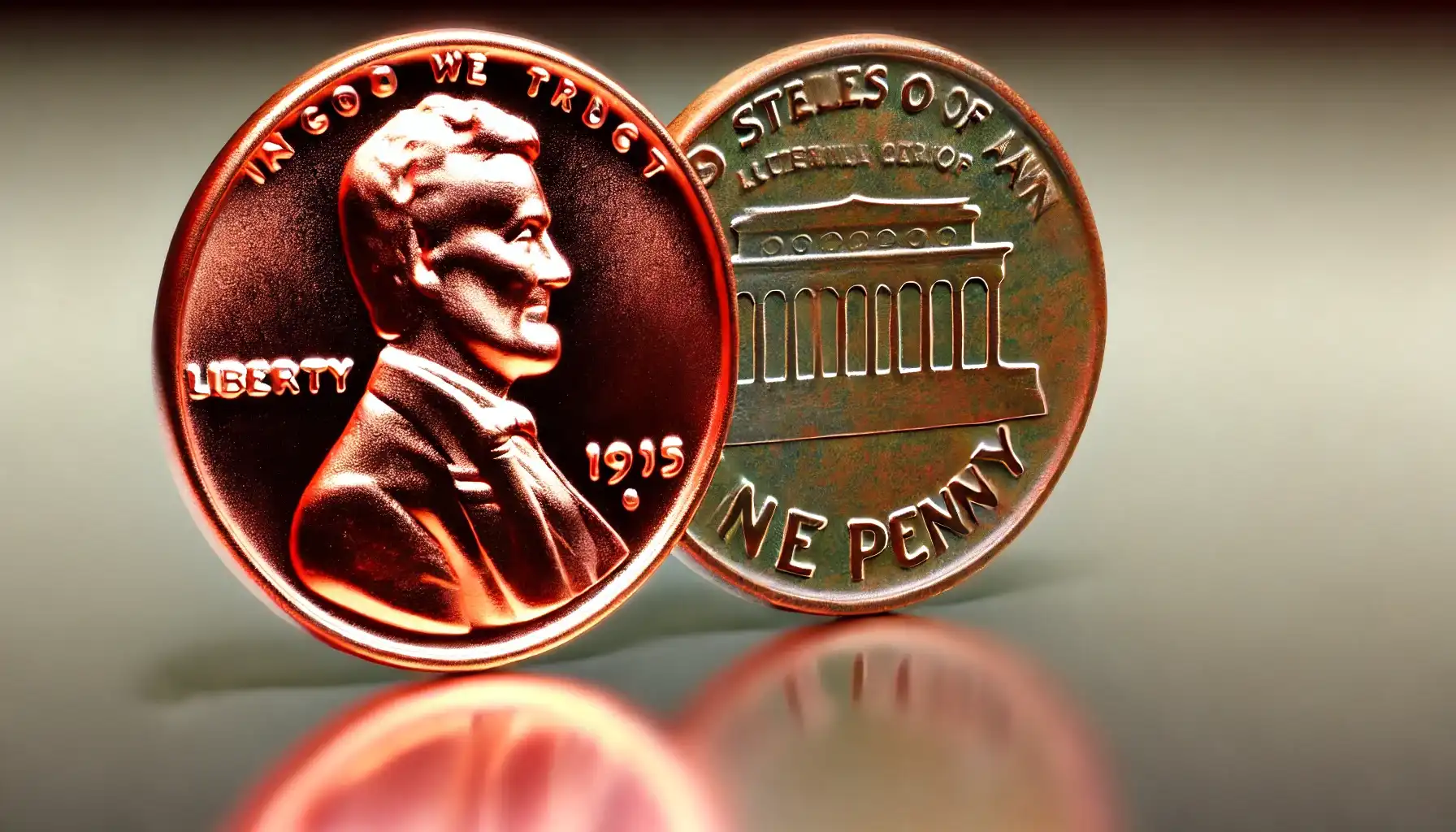
With time, most copper coins darken due to oxidation and patination, changing to shades of red-brown (75% to 95% of the original color) or brown (less than 75% of the original color). Preserving the original red color requires careful storage and environmental protection. Red coins are usually valued much higher than their “brown” or “gray” specimens, as bright luster is an important criterion of a coin's condition and value.
Rare Red Penny Examples
You may ask, why are red pennies rare, what's so special about them except for the luster, and how to check old coin value? But the thing about red pennies is that keeping a coin in perfect condition for decades is not an easy task. Most pennies lose their red color in the first few years after issue. Thus, having a penny in "red" condition makes the coin extremely rare and significantly increases its value. At the same time, some of these coins can be valued for more than just the color of the metal. Refer to our table and list of examples below to find the answer to this question.

Year | Coin | Features | Main Characteristics of the Coin | Estimated Value (Red) |
1909-S VDB | The first Lincoln penny with the initials of the engraver “VDB”. | Limited edition, VDB engraver's initials on reverse | Material: 95% copper, 5% zinc and tin Mint: San Francisco (“S”) Weight: 3.11 g Diameter: 19 mm | $100,000+ |
1943 | Bronze Lincoln Penny | Was mistakenly minted from bronze instead of steel | Material: 95% copper, 5% zinc and tin Mint: Philadelphia or Denver Weight: 3.11 g Diameter: 19 mm | $1,000,000+ |
1955 | Double Die Obverse Lincoln Penny | Penny with a double die error on the obverse | Material: 95% copper, 5% zinc and tin Mint: Philadelphia Weight: 3.11 g Diameter: 19 mm | $50,000 - $125,000 |
1922 No D | Lincoln Wheat Penny without “D” mint mark | No “D” marking | Material: 95% copper, 5% zinc and tin Mint: Denver (“D”), but the coin has no mark Weight: 3.11 g Diameter: 19 mm | $5,000 - $20,000 |
Now, allow us to dwell on these examples in more detail
1909-S VDB Lincoln Cent
In 1909, coins with Lincoln's portrait were first released to the public. The first mint was issued with the initials of designer Victor David Brenner (VDB) on the reverse and became one of the rarest.
The design of the coin is traditional. The obverse features Lincoln's profile and the reverse shows two ears of wheat (a symbol of fertility, and prosperity) and the initials VDB.
Why Rare: The first issue was limited (only 484,000 coins were released) and then the initials VDB were removed from the coin and the number of surviving copies with the initials was greatly reduced. The red 1909-S VDB variant is one of the rarest and most valuable pennies in the world.

1943 Bronze Lincoln Cent
During World War II, the U.S. decided to save copper, so in 1943 the penny was minted from steel coated with zinc. However, a few coins were mistakenly minted on bronze blanks.
The coin's design is similar to other pennies of the time, featuring Lincoln on the obverse and ears of wheat on the reverse.
Why Rare: Error minting on bronze blanks makes these coins unique. While most of the 1943 pennies were steel, the bronze versions were a true rarity.
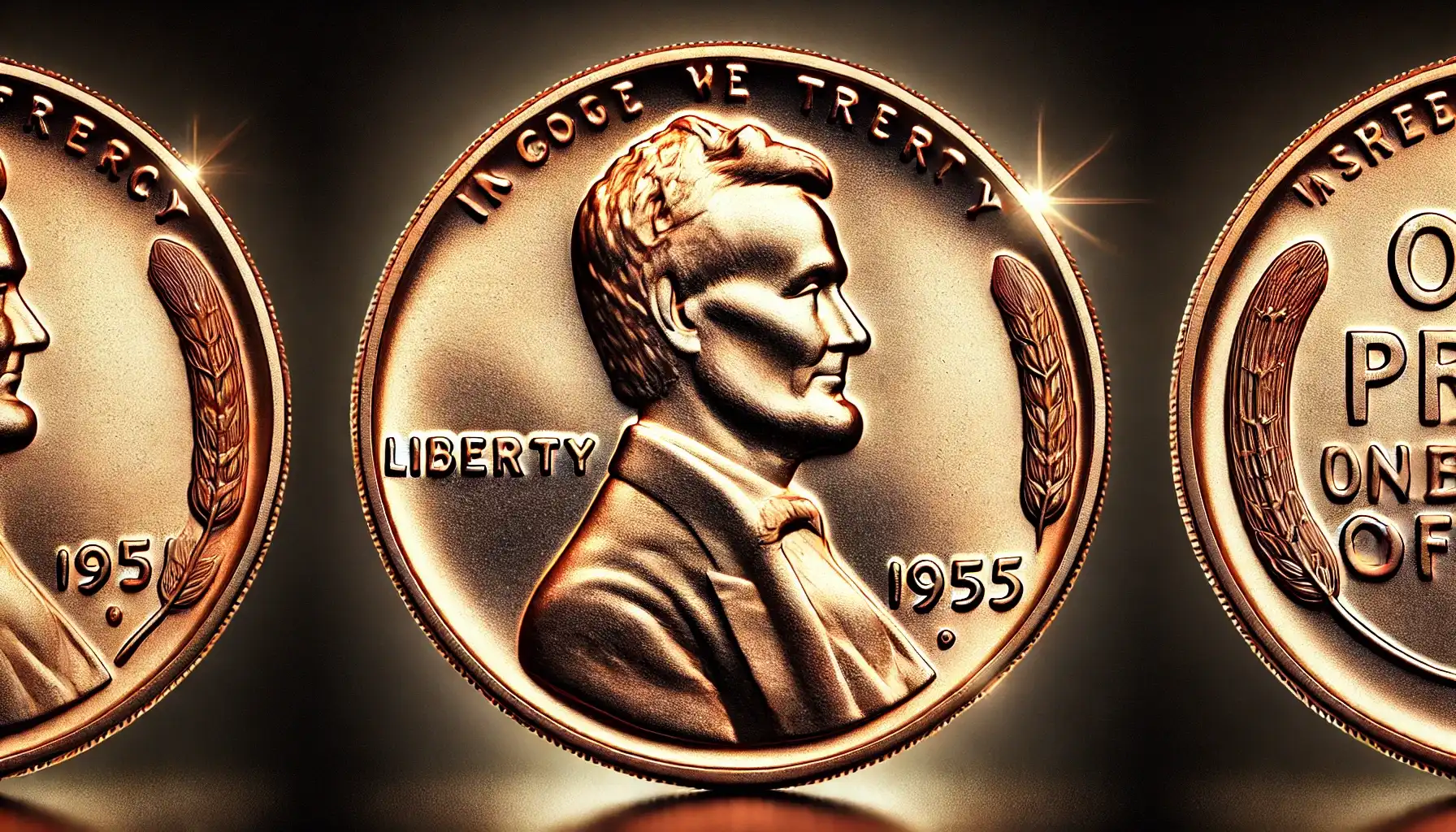
1955 Lincoln Cent Doubled Die
In 1955, a minting double die error resulted in some pennies having a double image, most notably in the inscriptions “LIBERTY” and “IN GOD WE TRUST” and in the mint date.
The design of the coin follows the usual penny design featuring Lincoln, but a distinct double image is evident on the obverse.
Why Rare: Because of the combination of two factors, i.e. minting error and the red condition of the coin make this penny extremely rare and interesting to collectors due to its uniqueness and visual appeal.
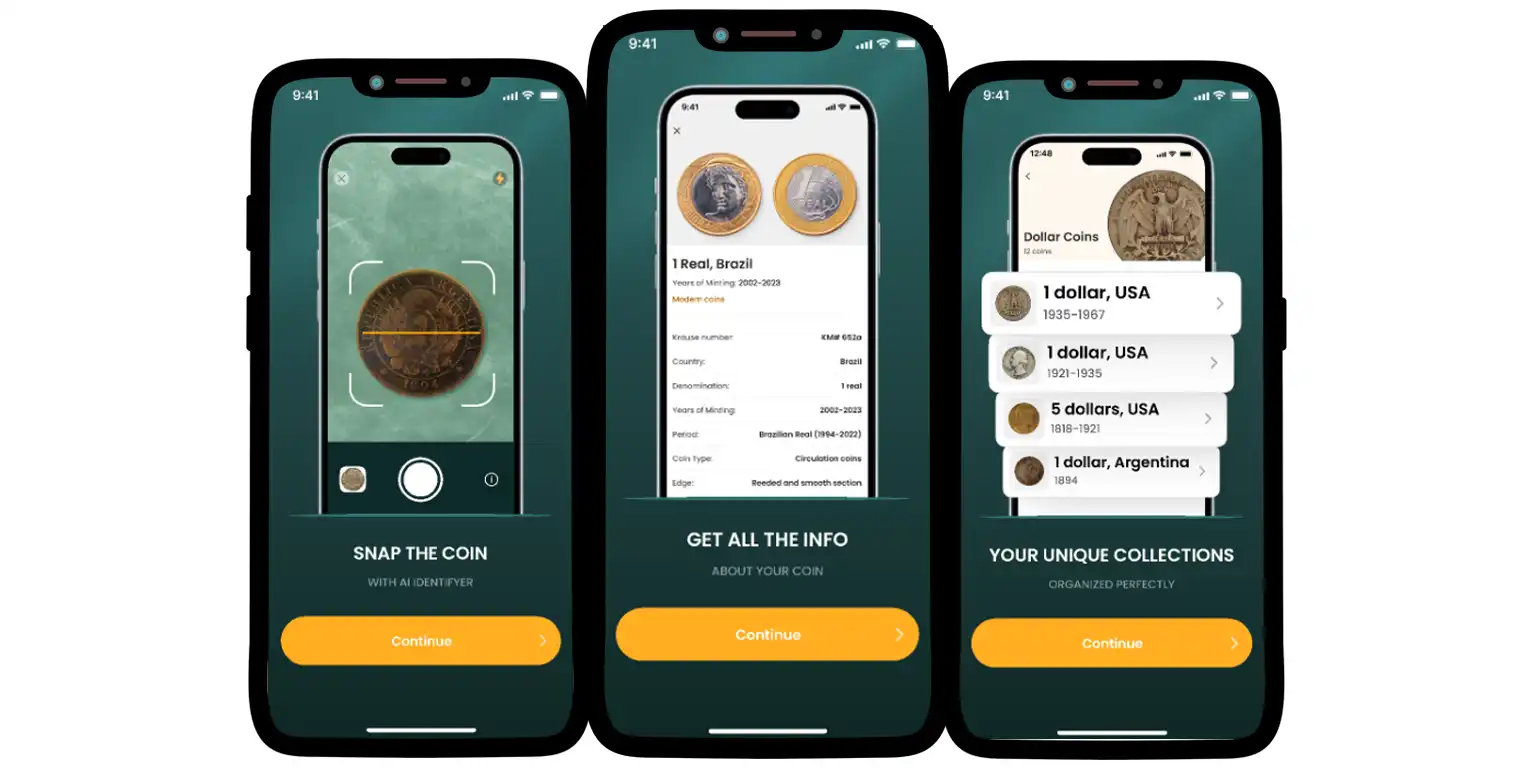
1922 No D Lincoln Wheat Penny
In 1922, pennies were minted by the Denver Mint, which is usually marked with a “D” below the date. However, some coins were issued without this mint mark due to a glitch in the minting process.
The coin has the standard design typical for all Wheat Penny: obverse with a portrait of Lincoln, reverse with two ears of wheat. However, the standard 1922 coins have a “D” mint mark under the date.
Why Rare: The absence of the “D” marking on the 1922 red penny makes this coin unique. Such specimens are extremely rare, which increases their appeal to collectors.
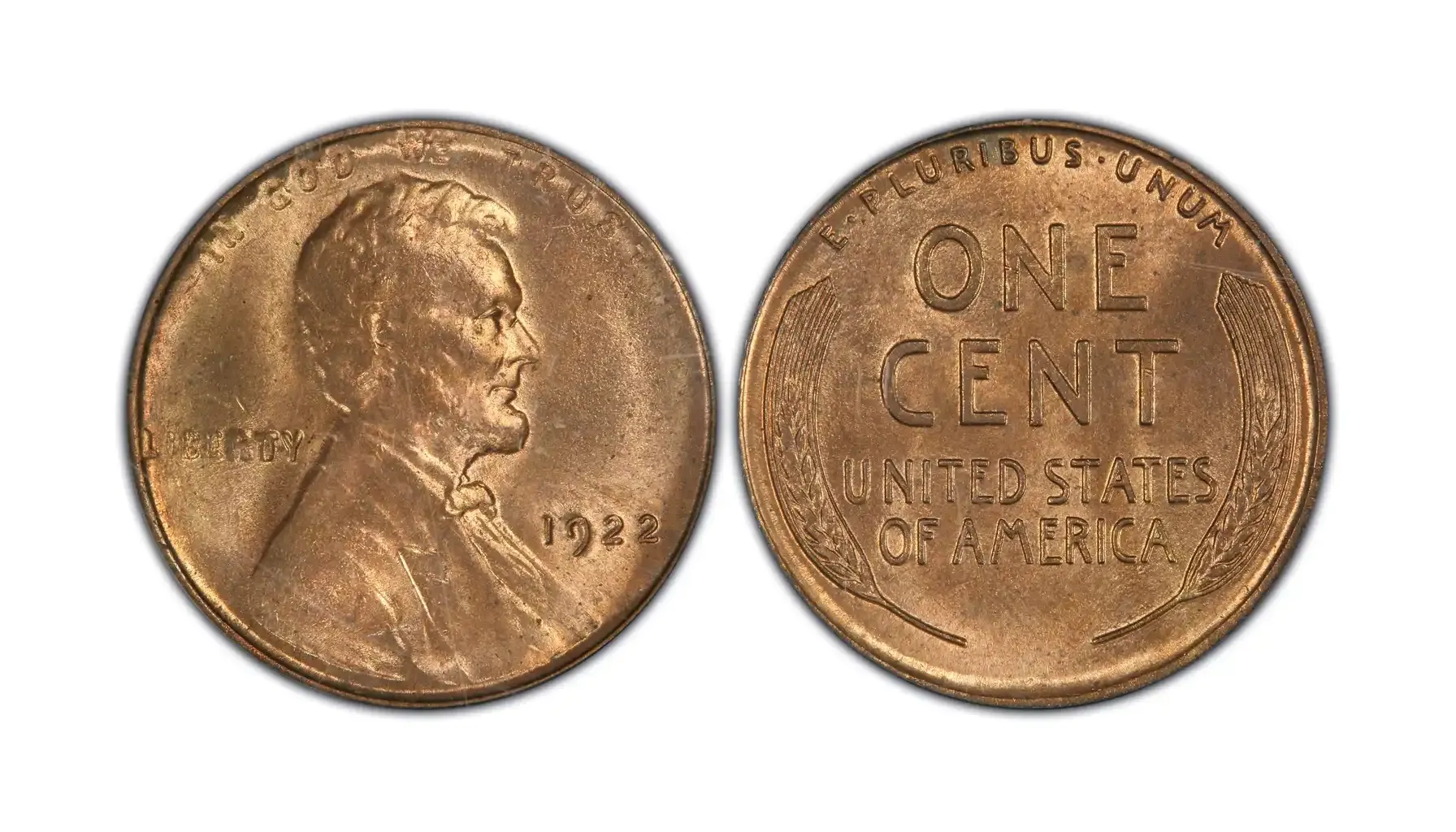
How to Recognize Rare Red Pennies?
Identifying authentic red pennies can be a daunting task, especially for beginners. However, there are a few factors that can help you identify these key date coins:
Pay attention to the color. A true red penny is characterized by a rich, bright copper luster. This is important because pennies that have been in circulation for a long time lose their color and become “brown”.
Examine the coin and look for errors (double die error, absence of the mint mark or metal of the coin). Minting errors can make a coin unique. If a coin with an error still has a bright luster, its value increases dramatically.
Use specialized tools and applications to evaluate coins. It is almost impossible to determine the value of a coin “by eye”, as it requires a great deal of experience, a broad outlook, a keen eye, and some knowledge. So, use handy apps like Coin ID Scanner. Thanks to this tool, you will be able to quickly identify coins and get detailed information about the coin, years of issue, and estimated value. This app is a great tool for quick preliminary analysis.
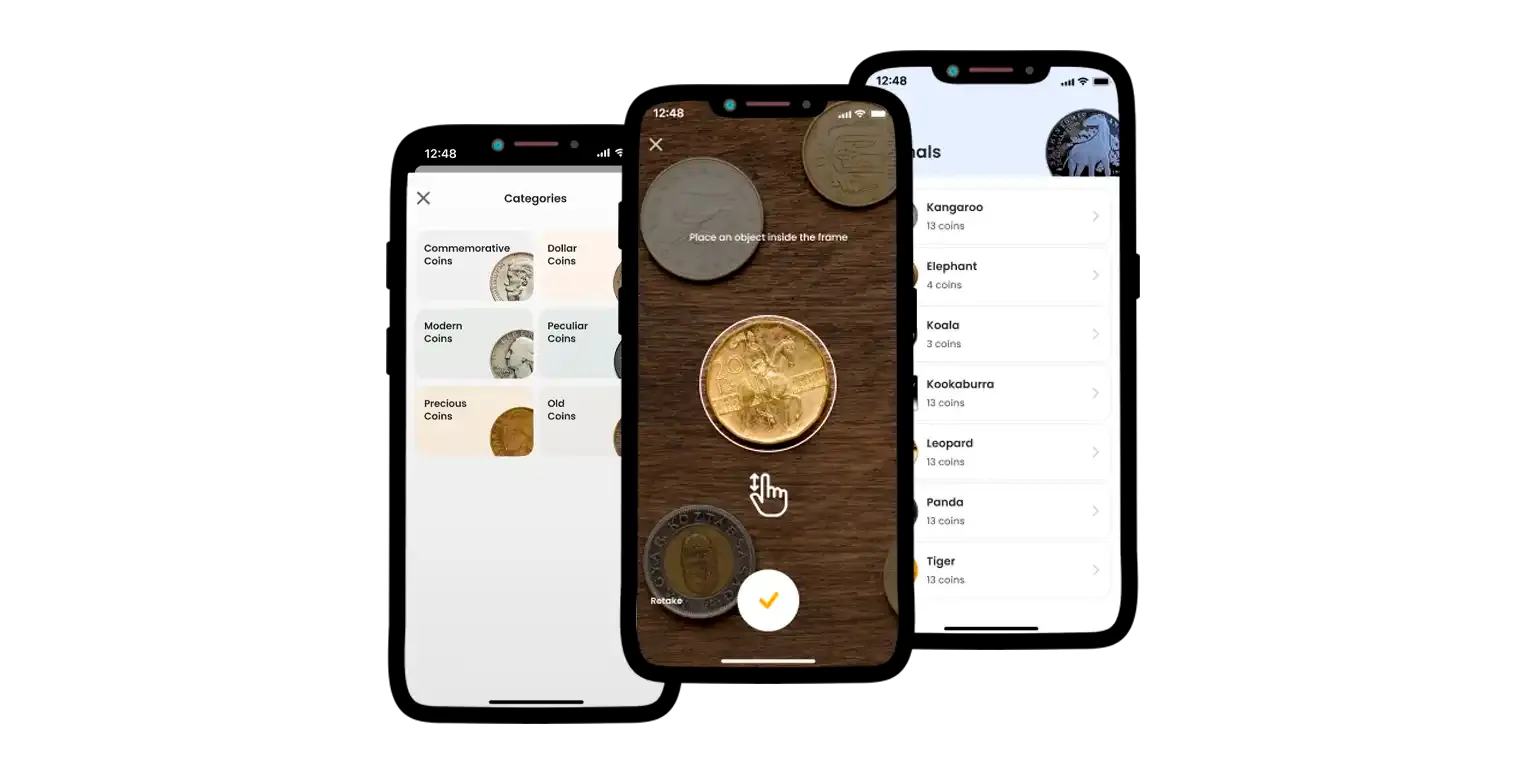
Tips for Protecting Rare Red Pennies
As we mentioned, keeping a penny in red condition is not an easy task, but if you follow a few simple tips, you can extend the life of this coin:
Avoid direct contact with the coin. Oils and dirt from your hands can damage the surface of the coin. Always use gloves when handling red pennies.
Store your coins in capsules. Special plastic capsules protect your coins from air and moisture.
Keep an eye on the humidity in the air. High humidity is the main enemy of copper coins, so store them in a cool, dry place.
Your Passion and Investment
Collecting red pennies can be not only a fascinating hobby but also a source of serious profit. However, to truly appreciate the rarity and value of the red penny, it is important not only to know its history but also bo be able to care for the coin to keep it in perfect condition. Follow our recommendations above, educate yourself, utilize technology, and interact with professional numismatists to become an expert and the lucky owner of a collection of rare "hot" pennies.

